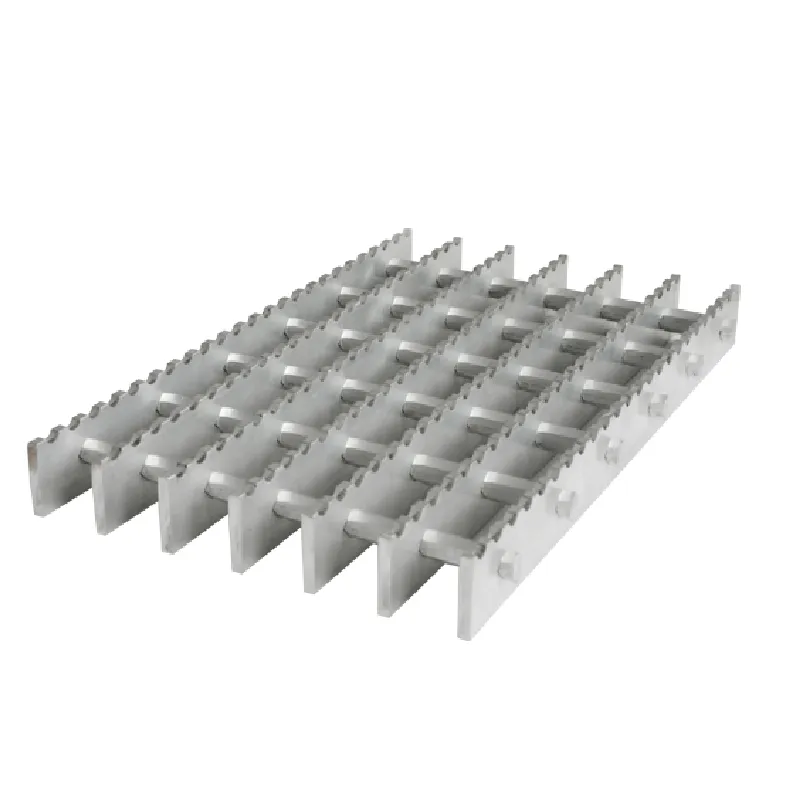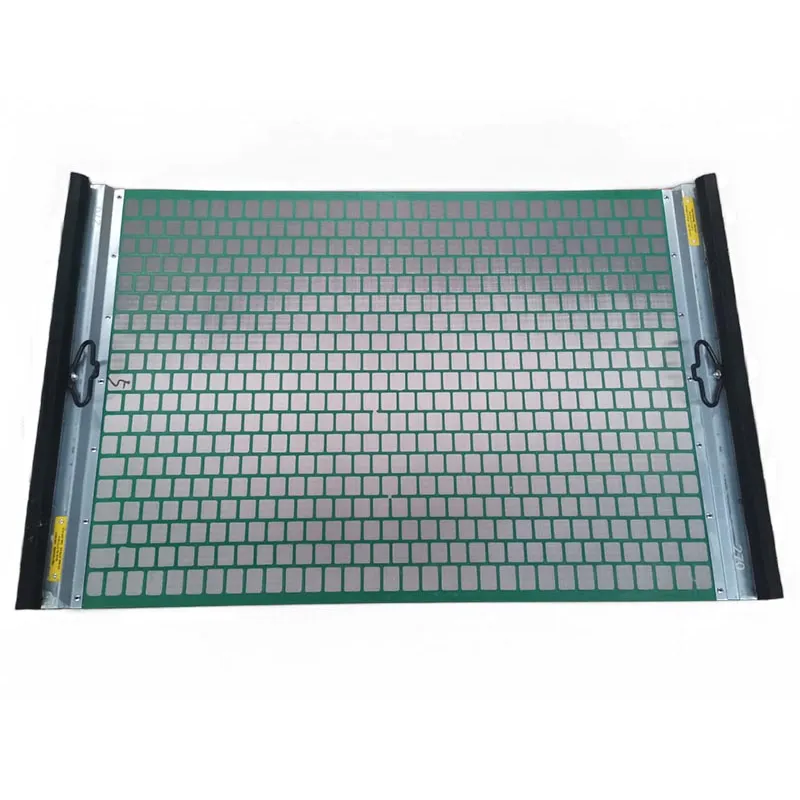- Industrial zone, South of Anping Town, Hengshui, Hebei, China.
- sales@hfpetromesh.com
- +86-18931809706
 Afrikaans
Afrikaans  Albanian
Albanian  Amharic
Amharic  Arabic
Arabic  Armenian
Armenian  Azerbaijani
Azerbaijani  Basque
Basque  Belarusian
Belarusian  Bengali
Bengali  Bosnian
Bosnian  Bulgarian
Bulgarian  Catalan
Catalan  Cebuano
Cebuano  Corsican
Corsican  Croatian
Croatian  Czech
Czech  Danish
Danish  Dutch
Dutch  English
English  Esperanto
Esperanto  Estonian
Estonian  Finnish
Finnish  French
French  Frisian
Frisian  Galician
Galician  Georgian
Georgian  German
German  Greek
Greek  Gujarati
Gujarati  Haitian Creole
Haitian Creole  hausa
hausa  hawaiian
hawaiian  Hebrew
Hebrew  Hindi
Hindi  Miao
Miao  Hungarian
Hungarian  Icelandic
Icelandic  igbo
igbo  Indonesian
Indonesian  irish
irish  Italian
Italian  Japanese
Japanese  Javanese
Javanese  Kannada
Kannada  kazakh
kazakh  Khmer
Khmer  Rwandese
Rwandese  Korean
Korean  Kurdish
Kurdish  Kyrgyz
Kyrgyz  Lao
Lao  Latin
Latin  Latvian
Latvian  Lithuanian
Lithuanian  Luxembourgish
Luxembourgish  Macedonian
Macedonian  Malgashi
Malgashi  Malay
Malay  Malayalam
Malayalam  Maltese
Maltese  Maori
Maori  Marathi
Marathi  Mongolian
Mongolian  Myanmar
Myanmar  Nepali
Nepali  Norwegian
Norwegian  Norwegian
Norwegian  Occitan
Occitan  Pashto
Pashto  Persian
Persian  Polish
Polish  Portuguese
Portuguese  Punjabi
Punjabi  Romanian
Romanian  Russian
Russian  Samoan
Samoan  Scottish Gaelic
Scottish Gaelic  Serbian
Serbian  Sesotho
Sesotho  Shona
Shona  Sindhi
Sindhi  Sinhala
Sinhala  Slovak
Slovak  Slovenian
Slovenian  Somali
Somali  Spanish
Spanish  Sundanese
Sundanese  Swahili
Swahili  Swedish
Swedish  Tagalog
Tagalog  Tajik
Tajik  Tamil
Tamil  Tatar
Tatar  Telugu
Telugu  Thai
Thai  Turkish
Turkish  Turkmen
Turkmen  Ukrainian
Ukrainian  Urdu
Urdu  Uighur
Uighur  Uzbek
Uzbek  Vietnamese
Vietnamese  Welsh
Welsh  Bantu
Bantu  Yiddish
Yiddish  Yoruba
Yoruba  Zulu
Zulu
- Afrikaans
- Albanian
- Amharic
- Arabic
- Armenian
- Azerbaijani
- Basque
- Belarusian
- Bengali
- Bosnian
- Bulgarian
- Catalan
- Cebuano
- Corsican
- Croatian
- Czech
- Danish
- Dutch
- English
- Esperanto
- Estonian
- Finnish
- French
- Frisian
- Galician
- Georgian
- German
- Greek
- Gujarati
- Haitian Creole
- hausa
- hawaiian
- Hebrew
- Hindi
- Miao
- Hungarian
- Icelandic
- igbo
- Indonesian
- irish
- Italian
- Japanese
- Javanese
- Kannada
- kazakh
- Khmer
- Rwandese
- Korean
- Kurdish
- Kyrgyz
- Lao
- Latin
- Latvian
- Lithuanian
- Luxembourgish
- Macedonian
- Malgashi
- Malay
- Malayalam
- Maltese
- Maori
- Marathi
- Mongolian
- Myanmar
- Nepali
- Norwegian
- Norwegian
- Occitan
- Pashto
- Persian
- Polish
- Portuguese
- Punjabi
- Romanian
- Russian
- Samoan
- Scottish Gaelic
- Serbian
- Sesotho
- Shona
- Sindhi
- Sinhala
- Slovak
- Slovenian
- Somali
- Spanish
- Sundanese
- Swahili
- Swedish
- Tagalog
- Tajik
- Tamil
- Tatar
- Telugu
- Thai
- Turkish
- Turkmen
- Ukrainian
- Urdu
- Uighur
- Uzbek
- Vietnamese
- Welsh
- Bantu
- Yiddish
- Yoruba
- Zulu
فېۋرال . 17, 2025 20:22
Back to list
perimeter safety netting
Ensuring optimal safety measures is a critical concern when it comes to aviation, especially in environments like helipads where landings and take-offs are frequent and potentially hazardous. One significant aspect of this safety framework is helipads perimeter safety netting. Designed to provide an additional layer of protection, these nettings prevent equipment and personnel from slipping off and ensure that any unexpected incidents are mitigated effectively. This article delves into the necessity, application, and specifications of perimeter safety netting for helipads, providing insights gleaned from industry experts and real-world applications that underline their significance.
Authoritative bodies in aviation safety continually update guidelines reflecting technological advancements and safety data, reinforcing the need for reliable safety net installations. Moreover, these updates ensure that perimeter safety netting remains at the cutting edge of protective technology, integrating new materials and designs that provide improved performance and resilience under operational stresses. Trustworthiness in the choice and installation of perimeter safety netting begins with selecting reputable manufacturers and suppliers who can offer products certified by relevant authorities. It is paramount that the materials used in netting solutions are traceable and meet the rigorous standards set forth for aviation safety equipment. Additionally, regular inspections and maintenance schedules, conducted by certified professionals, ensure compliance and functionality over the lifespan of the installation. In conclusion, the importance of helipads perimeter safety netting to the aviation sector cannot be understated. It acts as a silent guardian, deterring potential accidents and ensuring that operations proceed smoothly without incident. Coupled with expert installation and ongoing maintenance, these netting systems stand as a testament to aviation's commitment to safety and reliability. From enhancing the structural safety of landing zones to embodying the latest in protective technology, perimeter safety netting remains a cornerstone of secure aviation infrastructure.


Authoritative bodies in aviation safety continually update guidelines reflecting technological advancements and safety data, reinforcing the need for reliable safety net installations. Moreover, these updates ensure that perimeter safety netting remains at the cutting edge of protective technology, integrating new materials and designs that provide improved performance and resilience under operational stresses. Trustworthiness in the choice and installation of perimeter safety netting begins with selecting reputable manufacturers and suppliers who can offer products certified by relevant authorities. It is paramount that the materials used in netting solutions are traceable and meet the rigorous standards set forth for aviation safety equipment. Additionally, regular inspections and maintenance schedules, conducted by certified professionals, ensure compliance and functionality over the lifespan of the installation. In conclusion, the importance of helipads perimeter safety netting to the aviation sector cannot be understated. It acts as a silent guardian, deterring potential accidents and ensuring that operations proceed smoothly without incident. Coupled with expert installation and ongoing maintenance, these netting systems stand as a testament to aviation's commitment to safety and reliability. From enhancing the structural safety of landing zones to embodying the latest in protective technology, perimeter safety netting remains a cornerstone of secure aviation infrastructure.
Share
Prev:
Latest news
-
Why Our Shaker Screen for Sale Stands Out in Every ApplicationNewsAug.08,2025
-
Unmatched Efficiency with Premium Shale Shaker Screen TechnologyNewsAug.08,2025
-
Reliable, Durable, and Cost-Effective: Press Locked Steel Grating SolutionsNewsAug.08,2025
-
Precision Strength with Welded Steel Bar GratingNewsAug.08,2025
-
Perimeter Safety Netting: The High-Strength Shield for Elevated Safety SolutionsNewsAug.08,2025
-
Maximize Performance with Steel Walkway GratingNewsAug.08,2025